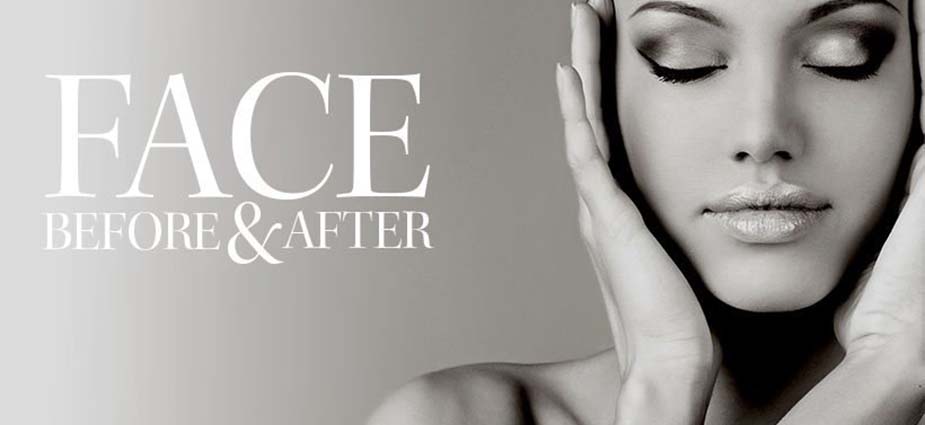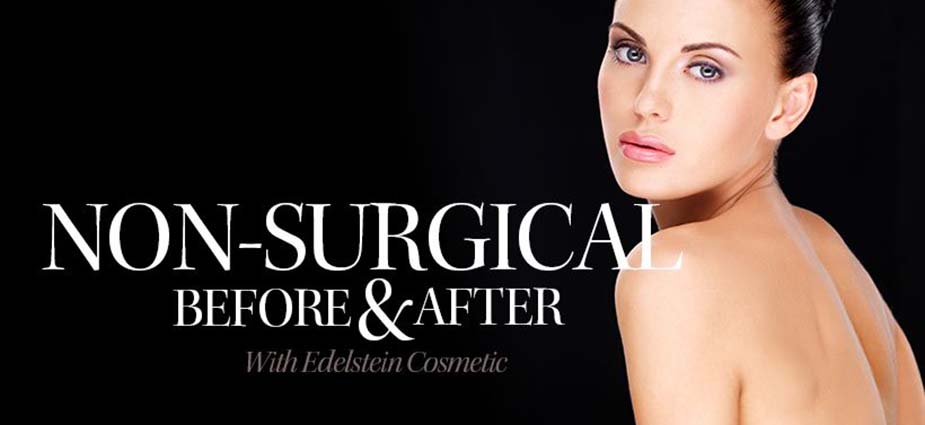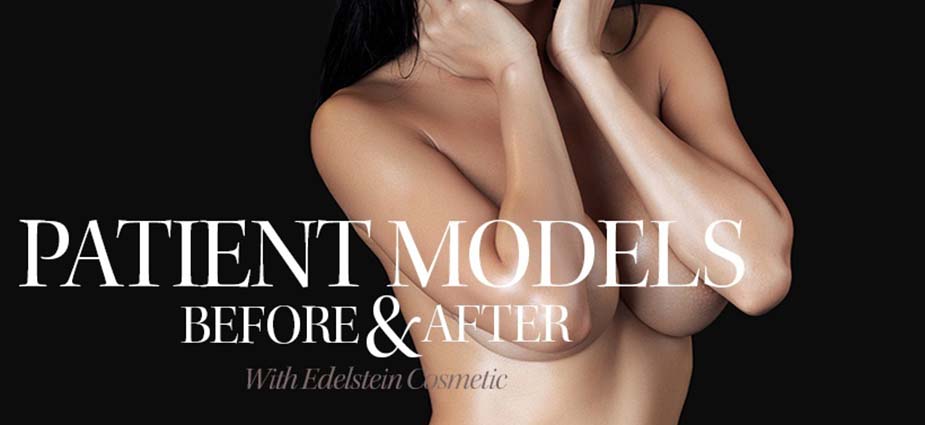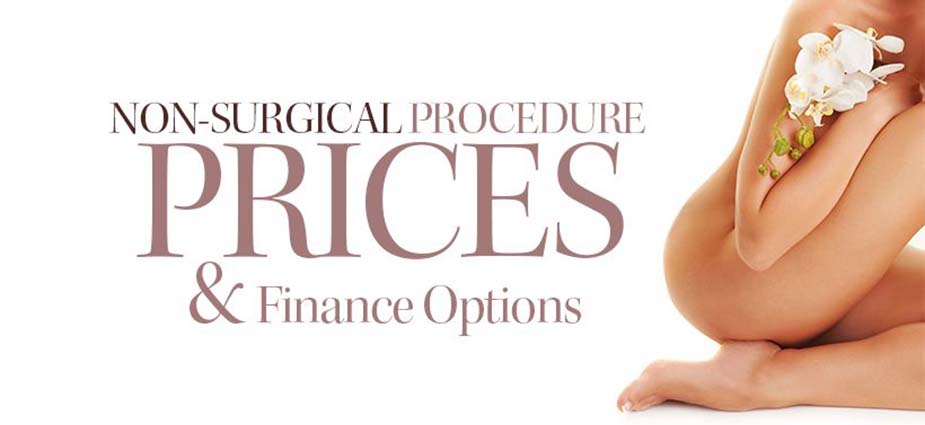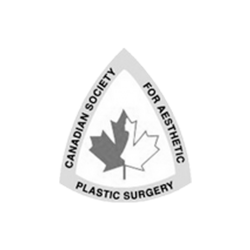Even after acne has been successfully managed, the condition often continues to trouble sufferers through lingering issues like scarring, discolouration and skin pitting. Treating active acne blemishes and acne scars are two separate problems that must be approached in different ways. It’s important for patients to understand that the type of treatments used to dry and heal acne may not be effective in reducing scarring and acne-related hyperpigmentation. The best solutions for scar reduction are specifically designed for that purpose and work to either manage existing aesthetic concerns or, if possible, prevent them from forming in the first place.How and Why Does an Acne Scar Develop?All scars are formed as a by-product of the body’s efforts to heal tissue injury. While acne may not seem like a traditional injury it, like a cut, involves tissue damage. The body responds to the bacteria and sebum build-up that characterizes acne by sending white blood cells and inflammatory molecules to the damaged sebaceous follicle cells. These “natural defense” agents linger at the site of the acne breakout until the injured area is safe from infection and fully healed. As in a healed cut or burn, the repaired tissue may not return to its original state after recovery. This leads to the formation of a scar.Scars worsen in proportion to acne severity. If substantial infection has developed in the deeper layers of the skin, the healing process may result in lost tissue and permanent scarring. Because infection can drastically worsen the extent of a scar, squeezing or picking at acne blemishes is strongly discouraged. Damaging a blemish further injures the skin tissue and exacerbates infections.Treatable Acne Scars and DiscolourationsDetermining what acne scar remedies are right for you depends on what type of scarring you have.
Macule Scar
The most common type of acne scar is known as a macule. Macules are brown or red in colour, lie flat against the skin and usually fade away over several months
Post-inflammatory Hyperpgmentation
If the skin changes colour after an acne blemish has healed, the resulting change is called post-inflammatory hyperpigmentation (PIH). Mild pigmentation changes may diminish over time, but will fade much more slowly if exposed to the sun.
Ice Pick Scar
Cratered skin depressions resulting from deep, nodular acne are referred to as ice pick scars. These scars are formed due to tissue loss and may be either shallow or deep depending on the severity of skin injury.
Depressed Fibrotic Scar
Depressed fibrotic scars are usually very steep, sharp and large. Untreated ice pick marks can worsen and turn into depressed fibrotic scars over time
Atrophic Macule
Atrophic macules are typically wrinkled and soft. Because the blood vessels just beneath the scar may be visible, atrophic macules can appear to turn blue with time.
Follicular Macular Atrophy
Follicular macular atrophy scars often develop on the chest and back. They are tiny, soft and white, resembling extremely small whiteheads that have formed just underneath the skin.
Soft Scar
Soft scars are usually quite small and are linear or circular in shape. They are characterized by sloped edges that merge with the undamaged skin surrounding their indistinct boundaries.Learn how to treat acne scars. Call (416) 256-5614 for your customized acne scar treatment.





